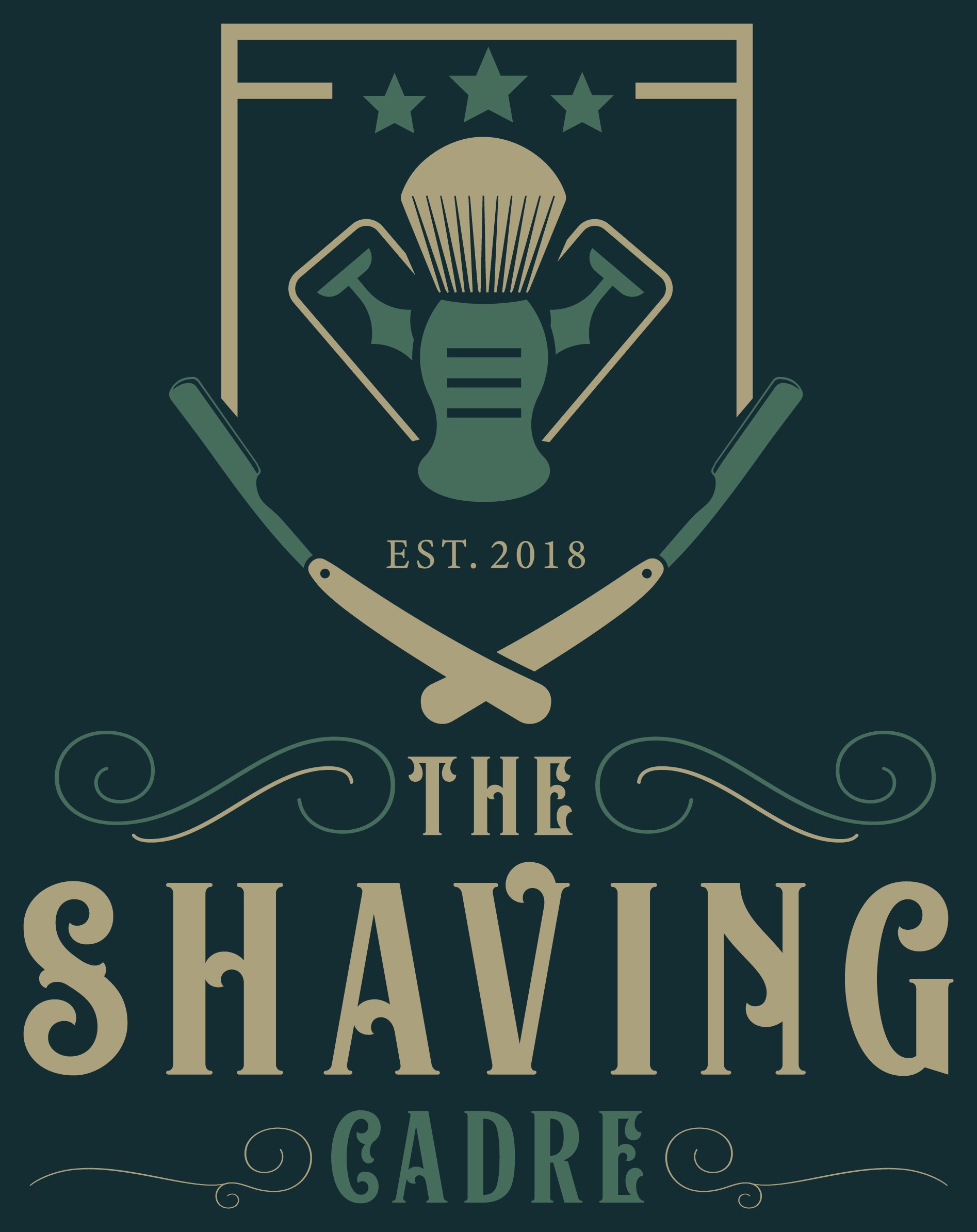GearNoir
“The TSC’s Napping Beefcake”
To add a little more into the discussion and hopefully be helpful:
- A software like Adobe with a “save for web” option tries to optimize the picture while keeping the PPI (pixels per inch) to about 72ish. There is very little quality loss unless you need to upscale the picture or put it to print, then things get hairy.
- The JPEG format is still a widely acceptable file type for saving your pictures to use on the web. Most decent editors will allow you a range of choice within the JPEG limits (low, medium, high, etc) in regards to file compression.
- Between saving for web, making sure your file is at or near about 72ppi, and having it as a JPEG, your file size will usually end up pretty optimal to minimize the impact on your hosting service bandwidth.
- If you are using original photos, remember to do 3 things:
1) Save the original, unedited file separate from your edited files for later use if needed. This way if something gets totally screwed up, you will be able to reclaim all that your original picture was.
2) When first working on your picture in an editing program, check to see what the native “save as” file type for your software is. Most decent software has its own file type that allows you to edit and save freely, without loss of image quality. However, lower end software may only give you standard options such as JPEG or GIF, if this is the case you should save only after completing your editing. These file types out your image through a much heavier compression and there is data/quality loss with each save, though it may seem minimal to no loss at first.
3) Finally, when the image is finished being edited, use the “save for web” option or more web friendly option talked about above to save the third and final copy of your work, the one we get to see in all it’s glory!
It seems like a complicated process perhaps, but it is very easy to adapt to after a few times doing it. It should help prevent a lot of headaches later.
- A software like Adobe with a “save for web” option tries to optimize the picture while keeping the PPI (pixels per inch) to about 72ish. There is very little quality loss unless you need to upscale the picture or put it to print, then things get hairy.
- The JPEG format is still a widely acceptable file type for saving your pictures to use on the web. Most decent editors will allow you a range of choice within the JPEG limits (low, medium, high, etc) in regards to file compression.
- Between saving for web, making sure your file is at or near about 72ppi, and having it as a JPEG, your file size will usually end up pretty optimal to minimize the impact on your hosting service bandwidth.
- If you are using original photos, remember to do 3 things:
1) Save the original, unedited file separate from your edited files for later use if needed. This way if something gets totally screwed up, you will be able to reclaim all that your original picture was.
2) When first working on your picture in an editing program, check to see what the native “save as” file type for your software is. Most decent software has its own file type that allows you to edit and save freely, without loss of image quality. However, lower end software may only give you standard options such as JPEG or GIF, if this is the case you should save only after completing your editing. These file types out your image through a much heavier compression and there is data/quality loss with each save, though it may seem minimal to no loss at first.
3) Finally, when the image is finished being edited, use the “save for web” option or more web friendly option talked about above to save the third and final copy of your work, the one we get to see in all it’s glory!
It seems like a complicated process perhaps, but it is very easy to adapt to after a few times doing it. It should help prevent a lot of headaches later.

